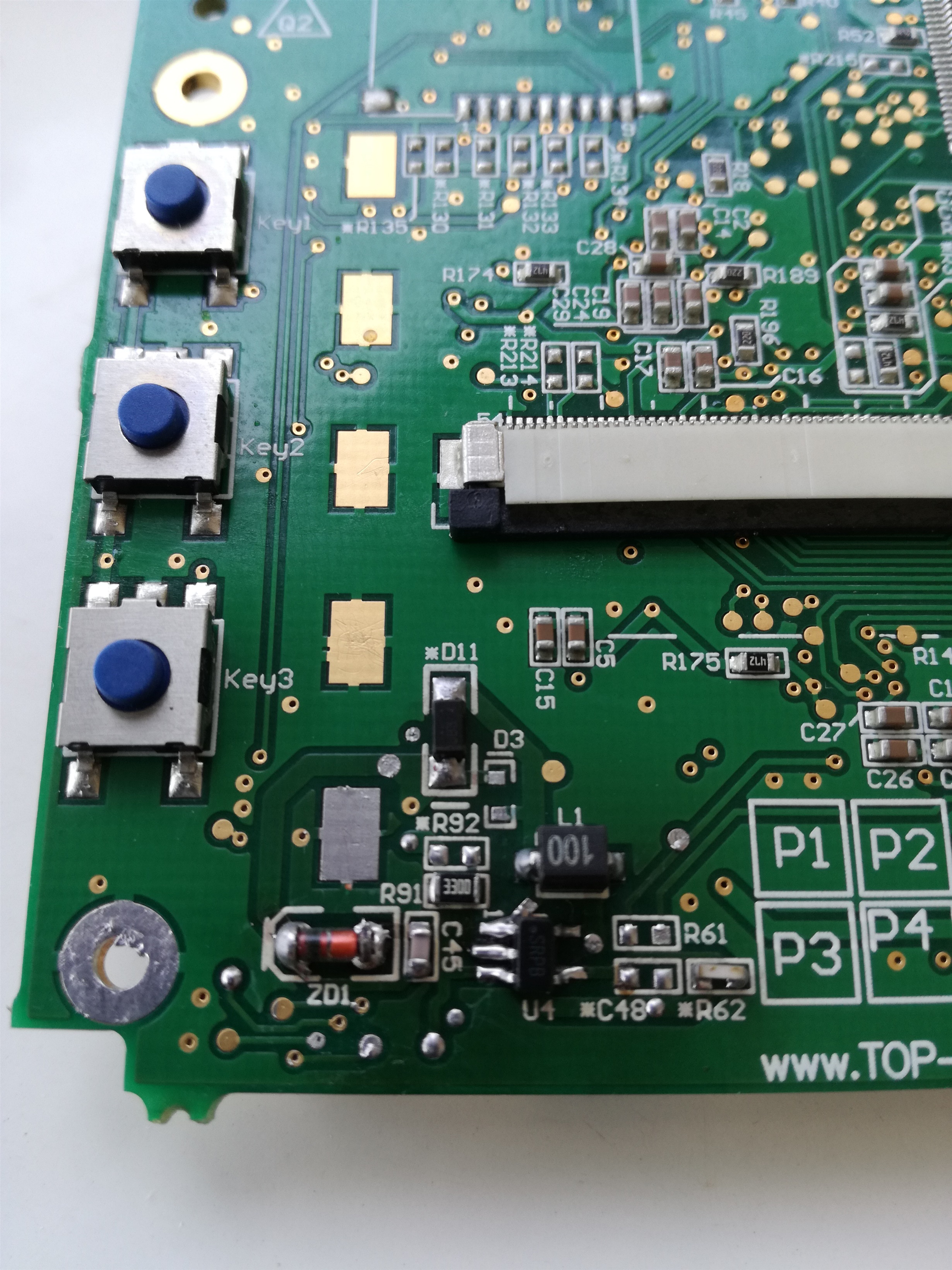Hello forum,
i have a problem with a pcb that drives a tft display on a coffee machine. The LM27313 ic was burnt on pin SW output voltage. So i replaced the ic. There is an input voltage of about 12 volts and the output is the same.
The Display needs a backlight voltage of about 19 volts. So it doesn't lights. The backlight is ok i tested with external voltage.
There is a 10 kohm between SHDN pin and GND and a 62 ohms resistor between the GND and FB pin. There is a coil between Vin and SW and further a shottky diode.
In my understanding the LM27313 is a stand alone ic which isn't driven by an cpu or others pieces.
In the datasheet there are some example circuits with 5 volts input. Is the calculation for output the same as for 12 volts input ?
Hope you can help me. If you need more details please write. Thanks.
Paul



